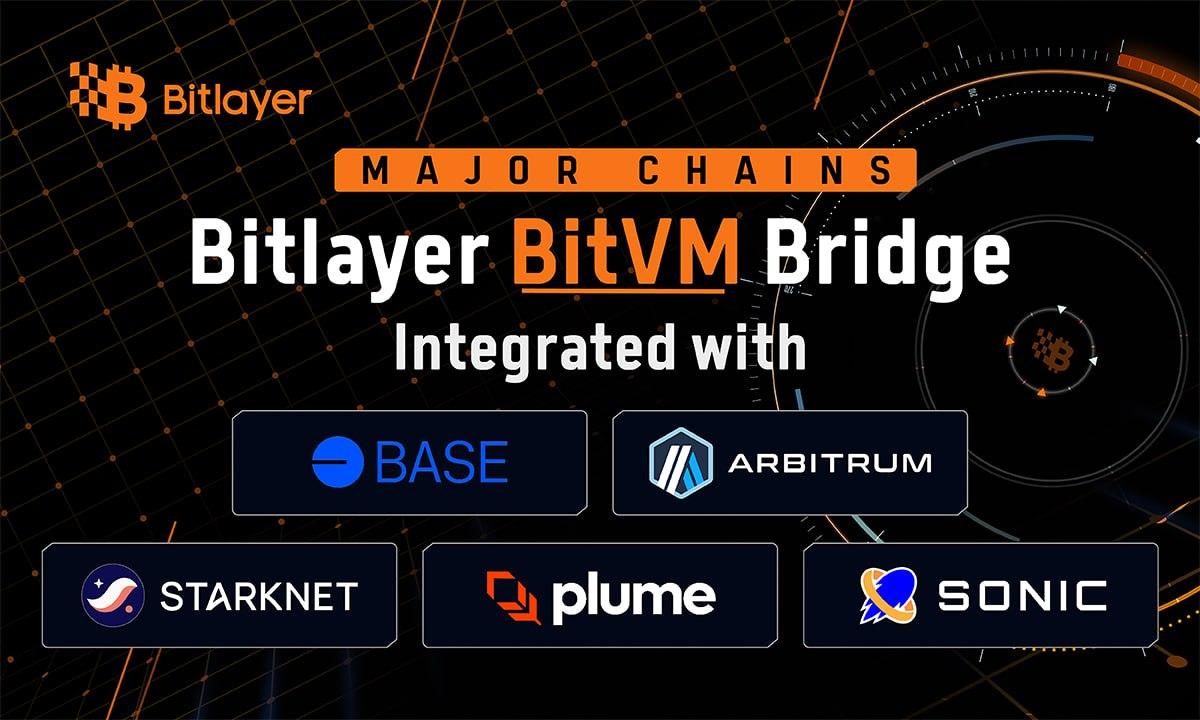In a recent keynote speech at the Ethereum Community Conference (EthCC), Andreessen Horowitz (a16z) partner Sriram Krishnan expressed confidence that has the potential to remedy the issues plaguing current Web2-based social media platforms.
Krishnan criticized the state of modern social media, calling it “stuck in a different era,” and urging that it was time for a change. He proposed the construction of “large-scale crypto consumer social media marketplace applications” as the way forward.
The a16z partner highlighted key flaws in current platforms: a restrictive follower system, limited application programming interface support, meager economic benefits for creators, and a lack of user and creator input in platform governance.
In contrast, Krishnan painted an optimistic picture of the potential that could offer, emphasizing the opportunities they present to underserved communities and high-status individuals whose voices are muted on other platforms.
Social Platforms From Web3
Krishnan also proposed an unconventional approach to developing these platforms: eschewing financial incentives at the outset. Instead of initially focusing on monetary rewards for creators, Krishnan suggested centering the early stages of a platform’s life on fostering community and engagement.
“Social media dynamics are weird and complicated. These are complex human dynamics, and when you introduce money, I think it gets challenging to kind of map those dynamics,” Krishnan claimed.
According to the exec, prioritizing the monetary aspect can detract from the aim of community building and enjoyment.
Handling Contradictions
This doesn’t mean the introduction of financial mechanisms should be completely foregone. According to Krishnan, once the platform has established its user base and community, creator economics and governance stakes can then be introduced. This incremental approach, he argues, could foster a more balanced and landscape.
On the outset, Krishnan’s views hold a promising potential not only for the reinvention of social media platforms but for the broader realization of Web3’s inherent capabilities. , built on decentralized blockchain systems, offers a level of transparency and user control not feasible within the limitations of previous Web2 environments. These traits could lend themselves well to creating a social media ecosystem more responsive to user needs and desires.
In this sense, then, the potential economic benefits offered by Web3 platforms could foster a more equitable digital environment. This is particularly significant for creators, who currently receive a minimal share of the revenue generated by their content on traditional platforms. Web3 has the potential to rectify this imbalance, offering creators a larger piece of the economic pie. The caution(s) proposed by Krishnan, to delay the introduction of financial incentives, could help ensure that these economic benefits do not overshadow the vital elements of community and engagement.
Despite such a potential, Krishnan’s vision of the is by no means assured, though it does provide a compelling blueprint for what could be possible. By harnessing the power of Web3, the might not only resolve the issues inherent in existing platforms, but also open up new avenues for user engagement and creator remuneration.
Credit: Source link























